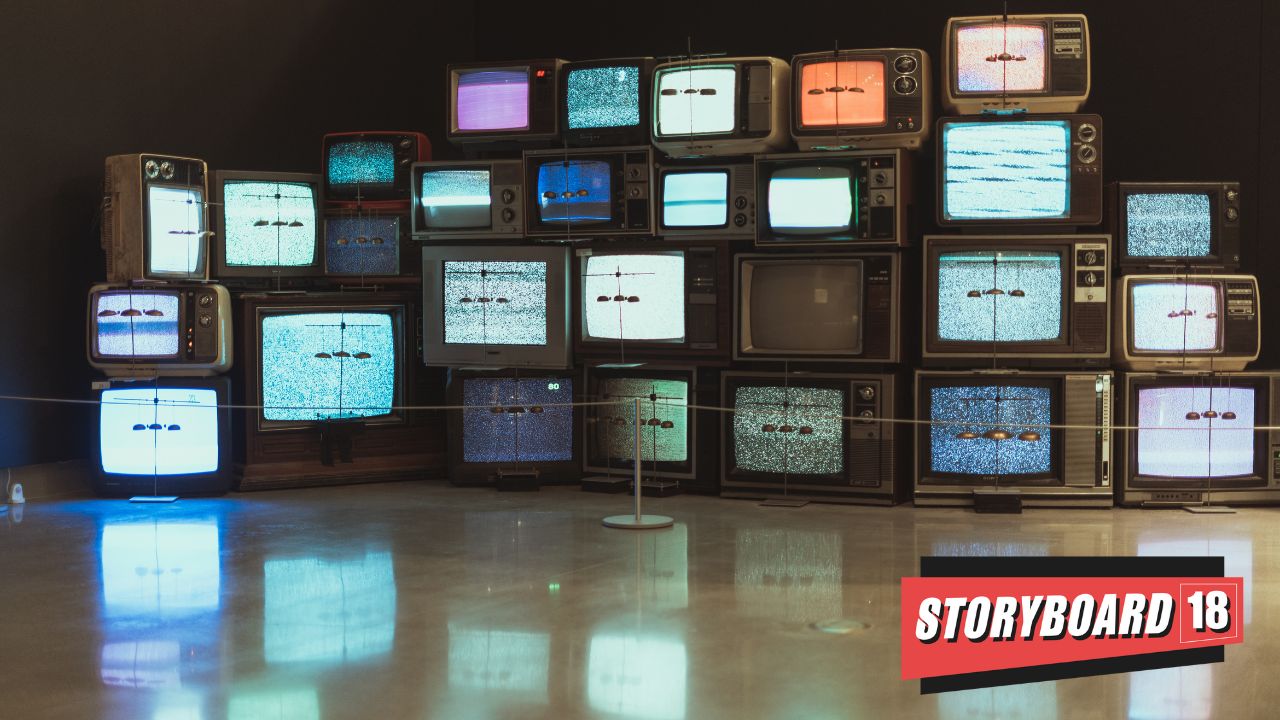Every marketer is actively seeking transparent, accurate and representative data, particularly when it comes to television household measurements. Unfortunately, there is a lack of consolidation in the available data, and proper classifications are often absent.
According to the market intelligence platform Statista, the number of digital TV households in India was anticipated to increase from 124.71 million in 2016 to 191.65 million in 2021. Simultaneously, Pay TV households were projected to grow from 154.3 million in 2016 to approximately 167 million by 2021.
The Broadcast Audience Research Council (BARC)’s TV Universe Estimates for 2020 suggest there are 210 million TV homes in India. On the other hand, EY reported that India boasts the world’s second-largest Pay-TV market in terms of subscribers after China, with 197 million TV households and a 7.5 percent year-on-year growth.
While there is a lot of data available, the lack of consistency remains a concern. According to stakeholders, the upcoming National Census is a golden opportunity to rectify this situation.
Ambiguity in viewer metrics
“The absence of recent BARC Universe Estimates since 2020 and the prolonged absence of the Indian Readership Survey (IRS) for print media have left marketers in a quandary when making crucial decisions about allocating their advertising budgets. Currently, there are only sporadic estimates available, lacking detailed classifications regarding the distribution of the TV universe across DTH, cable TV, and free dish platforms,” said Partho Dasgupta, Managing Partner, Thoth Advisors and ex and first CEO at BARC India.
According to Dasgupta, the ambiguity surrounding key figures, such as Free Dish subscribers, adds to the challenge, with reported numbers ranging from 45 million to 57 million.
This lack of clarity is concerning, considering the rapidly changing consumer trends and behavioural patterns.
“As decisions regarding ad budgets become increasingly critical, it is imperative to update our data to reflect the current landscape accurately. Since marketers and advertisers are looking at razor sharp precision in allocating their budgets it is important to ensure that there is no wastage and efficiency in marketing spend is maximised,” he added.
Brands seeking credible insights
In the absence of reliable metrics, the industry is in dire need of comprehensive, Census-level data to measure the TV universe.
Shashank Srivastava, Senior Executive Officer, Marketing and Sales at Maruti Suzuki India Limited, agreed with Dasgupta.
However, this crunch for credible data has pushed brands to do their own surveys, For instance, Maruti Suzuki does a small parallel research with their prospective consumers to validate the findings of the currently available data sources.
“The currently available data regarding viewership and readership that is so critical for media planning is inadequate and obviously requires improvement. A credible data source based on a government census will certainly help advertisers to plan their media communication better. This is applicable across all media vehicles,’ said Srivastava.
Government interest
In an interview with Storyboard18, MIB Secretary, Apurva Chandra, said it’s indeed a good idea to incorporate these types of questions. According to him, in the past, questions like whether a household had a radio or not were asked but considering the evolving landscape, it may be beneficial to ask more about TV setups—whether it’s a satellite connection, direct-to-home (DTH) connection, or a free dish connection.
“This is a valuable suggestion,” he said.
However, some stakeholders are unsure whether the government would actually consider the proposal.
According to Sam Balsara, Chairman at Madison World, while it would greatly benefit media businesses to have TV household measurements derived from the Census, the key question remains: will the government be receptive to this idea?
“Extending the questionnaire may compromise its reliability, as people might be reluctant to respond to a lengthy survey. Comprehensive measurements for TV and digital platforms would be invaluable for all associated industries, but the critical concern is whether this proposal will be seriously considered,” Balsara said.
